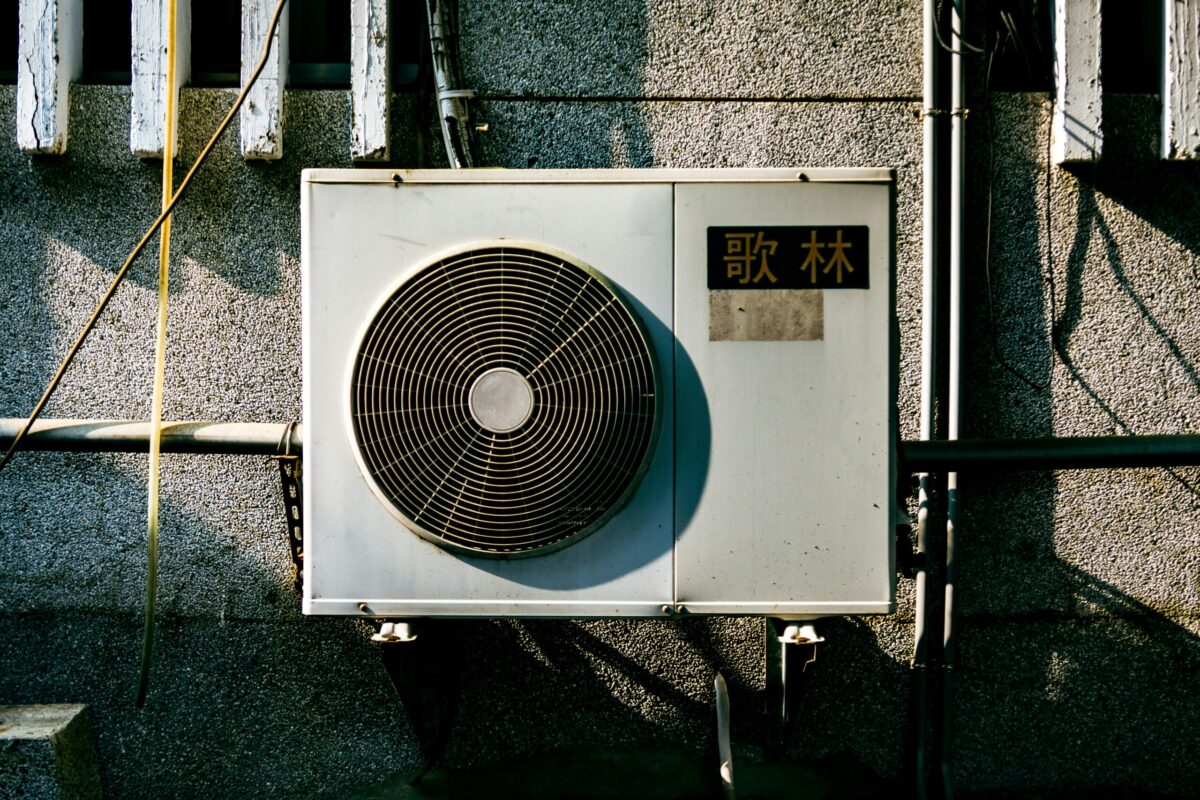An international research group demonstrated a method to fabricate perovskite solar cells on polycarbonate substrates that is compatible with industrial production processes for flexible PV devices.
“Here we developed the first ever perovskite solar cell on polycarbonate films with a power conversion efficiency of 13.0% by developing a blade-coated planarization layer that also provided the necessary solvent resistance,” Zeynab Skafi, the study’s first author, told pv magazine.
Testing indicated that 87% of efficiency is maintained after 1000 bending cycles at a radius of 20 mm. “Dark storage (ISOS-D-1) and thermal stability (ISOS-T-1) tests showed T80 values of 1776 h and 144 h, respectively,” the group explained.
It also noted that these values could eventually be improved by applying ultra-high permeation barriers as they have been shown in earlier research to lower water vapor transmission rates by three orders of magnitude.
Pointing out that polycarbonate has advantages over other flexible substrates, such as polyethylene terephthalate (PET) and polyethylene naphthalate (PEN), due to its relatively high glass transition temperature, and low moisture absorption, the team stressed that it has “excellent transparency” of 90% in the visible spectrum, which is comparable to PET and PEN with 90% and 88.7%, respectively.
It added that the polycarbonate had not been used before for this kind of application despite other advantages, such as being lightweight, flexible, and low cost. “Up to now, polycarbonate has never been used for this purpose even though it has a huge market, not far off from that of PET and much bigger than that of PEN, due to its poor solvent resistance and high surface roughness,” corresponding author Thomas M. Brown told pv magazine.
The team solved roughness and solvent resistance challenges by using a blade coating method to apply a planarizing layer of commercial ambient-curable refractory resin.
The step reportedly reduced “surface roughness from 1.46 µm to 23 nm, and cut the water vapor transmission rate in half, which “significantly improved” solvent resistance enabling deposition of precursor inks.
In the experiment, the perovskite solar cells were fabricated as follows: a substrate made of polycarbonate and indium tin oxide (ITO), a tin oxide (SnO2) electron transport layer, a perovskite layer, a hole transport layer based on Spiro-MeOTAD and gold (Au) contacts. The ITO layer was optimized by controlling transmittance, sheet resistance, surface roughness, and all the layers, except the two electrodes, which were solution-processed at low temperatures below 100 C.
The team stressed that the fabrication process is “compatible with low-cost manufacturing” and enables integration with other printed electronic components.
The researchers concluded that combining perovskite cells with polycarbonate films enables the integration of light-harvesting capabilities across a wide range of indoor and outdoor applications. “Opening up the market of flexible solar cells to new substrate materials can play a significant role in the future for energy harvesting, powering future electronic devices, and contributing to rapidly growing markets like smart windows, skylights, buildings, smart digital and ID cards,” said Brown.
The results are detailed in “Flexible Perovskite Solar Cells on Polycarbonate Film Substrates,” published in Advanced Energy Materials.
The research group included Italy-based researchers from CHOSE (Centre for Hybrid and Organic Solar Energy) Tor Vergata University, ENEA Frascati Research Center, Halocell Europe and Istituto di Struttura della Materia, along with scientists from Germany’s Fraunhofer Institute for Organic Electronics, Electron Beam and Plasma Technology (FEP), and the University of Guilan in Iran.
This content is protected by copyright and may not be reused. If you want to cooperate with us and would like to reuse some of our content, please contact: editors@pv-magazine.com.



By submitting this form you agree to pv magazine using your data for the purposes of publishing your comment.
Your personal data will only be disclosed or otherwise transmitted to third parties for the purposes of spam filtering or if this is necessary for technical maintenance of the website. Any other transfer to third parties will not take place unless this is justified on the basis of applicable data protection regulations or if pv magazine is legally obliged to do so.
You may revoke this consent at any time with effect for the future, in which case your personal data will be deleted immediately. Otherwise, your data will be deleted if pv magazine has processed your request or the purpose of data storage is fulfilled.
Further information on data privacy can be found in our Data Protection Policy.